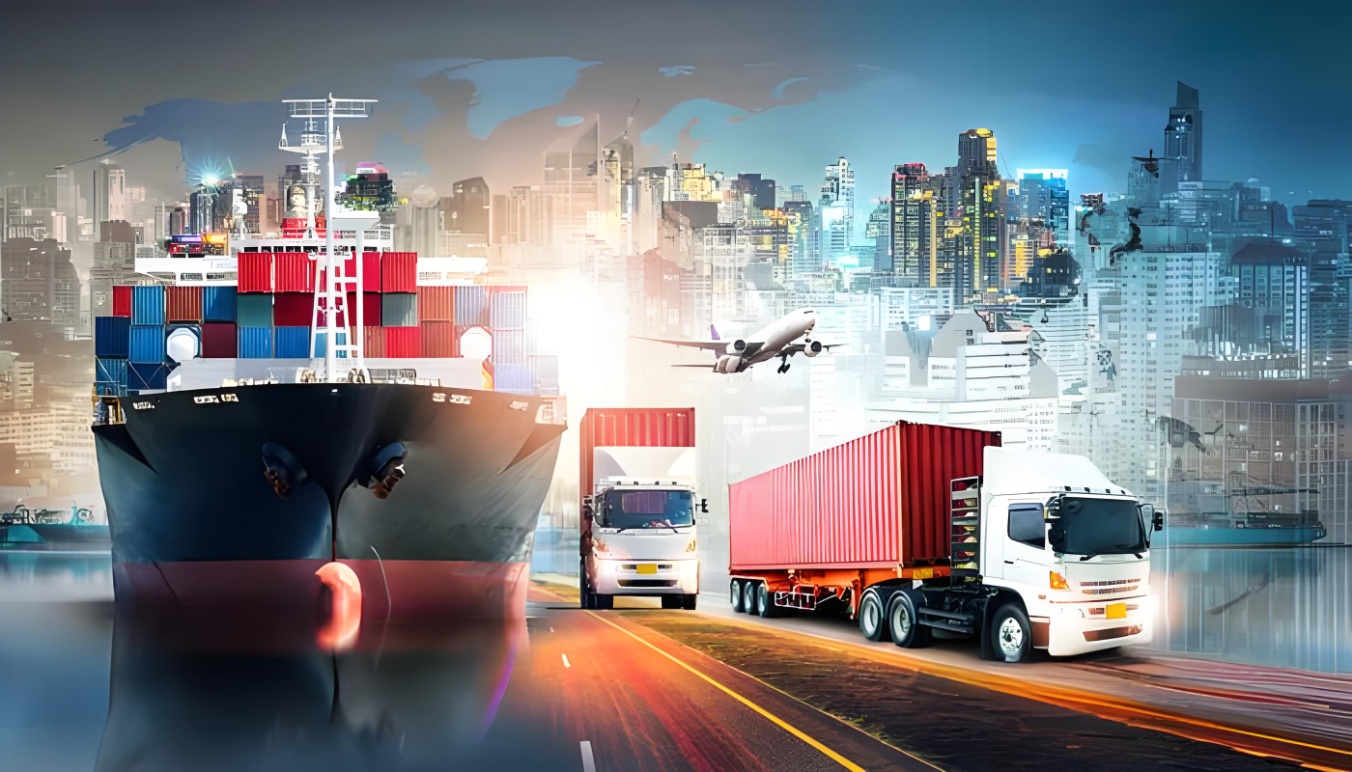
On the vast blue ocean, huge cargo ships carrying full containers shuttle back and forth like steel dragons, outlining the magnificent picture of global trade. Today, there is exciting news from the global container shipping industry - profits of more than 10 billion dollars, and this quarter continues to grow, like a bright pearl shining in the ocean of economy.
This brilliant achievement of the global container transportation industry is primarily due to the continuous prosperity of international trade. Under the tide of economic globalization, various countries and regions are closely linked, and the demand for commodity circulation is increasingly strong. For example, in the first half of 2024, China's trade with ASEAN countries reached $458.55 billion, up 3.7 percent year-on-year. A large number of electronic products, mechanical equipment and other goods through the container transport between the two sides. From the manufacturing hubs of Asia to the consumer markets of Europe, from the rich resources of the Americas to the emerging opportunities of Africa, container transport has become an important link to the world. The rise of emerging markets is a powerful engine driving trade forward. Take India for example, in recent years, India's economy has developed rapidly, and India's GDP growth rate reached 6.1% in the first quarter of 2024. The country's demand for raw materials, as well as the export of finished products, depends on efficient container transport. The vigorous development of the manufacturing industry has injected a steady stream of power into the container transportation industry, and countless parts and finished products flow around the world, like the blood of life in the economic body. According to statistics, the global manufacturing output is expected to reach $20 trillion in 2024, a large part of which will be circulated through container transportation.
The stability and growth of freight rates is also a key factor in the lucrative container transportation industry. On the one hand, capacity supply remains constrained to some extent. Although the industry continues to evolve, the delivery rate of new vessels often struggles to fully keep pace with the increase in trade demand. In the first half of 2024, global new cargo ship delivery capacity was only 5 million TEUs, while trade demand increased by 8% in the same period. At the same time, a variety of unexpected situations appear from time to time, such as bad weather obstructing ship navigation, ship failure leading to temporary reduction of capacity, port congestion making ship turnover is not smooth. For example, in July 2024, a powerful typhoon hit an important port in Asia, resulting in the closure of the port for a week, a large number of vessels were stranded, and the effective capacity in the market was further strained. Together, these factors make the effective shipping capacity in the market relatively tight, and freight rates can be maintained at a high level. On the other hand, cost factors continue to push up freight rates. Rising operating costs, such as fluctuating fuel prices, increased crew compensation and increased port fees, have forced transportation companies to pass on costs to freight in order to ensure profits. In the first half of 2024, international fuel prices have increased by an average of 15%, and crew salaries have also increased to varying degrees. This not only ensures the profitability of the enterprise, but also reflects the market's recognition of the value of container transportation services to a certain extent.
The continuous optimization of operational efficiency has contributed to the sustained growth of the global container transportation industry. Advanced logistics technology and management methods are like magic sticks, which have brought earth-shaking changes to the industry. Optimized route planning allows ships to sail on the most economical and fastest route, reducing sailing time and costs. For example, a major container shipping company has cut its journey time from Asia to Europe by two days by using advanced route planning software, saving millions of dollars in fuel costs annually. Increase the loading rate of the ship, make full use of every inch of space, and maximize the transportation efficiency. At present, the loading rate of some advanced container shipping companies has reached more than 90%. Strengthen the coordination of cargo handling and transportation to ensure seamless connection of all links and improve overall operational efficiency. These initiatives not only reduce unit costs, but also improve service quality and transportation speed, providing customers with a better service experience. With efficient operation, transportation enterprises attract more customers, business volume continues to rise, and profits also rise.
The relatively stable market competition pattern provides a good environment for the development of the global container transportation industry. In this vast market, large transportation enterprises have occupied a large market share by virtue of their scale advantages and brand influence. For example, the world's top 10 container shipping companies account for more than 70% of the global container shipping market. The competition between them is relatively orderly, which not only maintains a certain vitality, but also helps to maintain the stability of freight and profit growth. These enterprises have stronger bargaining power in obtaining supplies and cooperating with other relevant parties, and are better able to respond to changes and challenges in the market. At the same time, they are also constantly investing resources to improve their service level and competitiveness, laying a solid foundation for the sustainable development of the industry.
The remarkable achievements of the global container transportation industry are not accidental, but the result of many factors. It is not only a witness of economic development, but also a promoter. In the coming days, although it may face various challenges and uncertainties, with a strong resilience and innovative spirit, the global container transportation industry will continue to break the waves and write a more brilliant chapter. It will continue to contribute to the prosperity of global trade, connecting every corner of the world, enabling the flow of goods to flow more smoothly, and enabling economic development to flourish. Let us look forward to the wonderful performance of the global container transportation industry in the future and witness more miracles it has created on the blue ocean.

Driven by the Trump administration's push to relax financial regulations and the recovery of investment banking business, the market value of the six major banks in the United States has cumulatively increased by approximately 600 billion US dollars by 2025.
Driven by the Trump administration's push to relax financia…
On Christmas evening, U.S. President Trump posted on social…
According to multiple foreign media reports, the recent fin…
The middle class, once regarded as the cornerstone of Ameri…
On December 19th local time, the US military launched a lar…
The Boxing Day sunshine should have cast a false glow of pr…